Proteins important in opening blood vessels, storing oxygen and fighting off bacterial infections
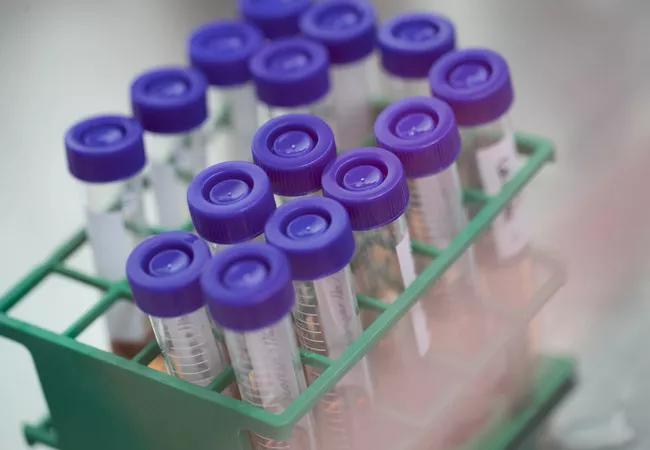
Hemeproteins are a class of proteins that, as the name implies, contain a heme group—the iron-containing element in blood. Scientists have long known that they are important to a range of processes throughout the body, including opening blood vessels and lung airways, storing oxygen in tissues and fighting off bacterial infections. The details behind hemeprotein maturation and regulation, however, are not currently understood as well.
Cleveland Clinic is a non-profit academic medical center. Advertising on our site helps support our mission. We do not endorse non-Cleveland Clinic products or services. Policy
Dennis Stuehr, PhD, of the Department of Inflammation & Immunity in Cleveland Clinic’s Lerner Research Institute, was recently awarded a four-year, $1.9 million grant from the National Institute of General Medical Sciences, part of the National Institutes of Health, to investigate how hemeproteins contribute to a host of biological processes critical for life, and may be associated with a broad number of clinically relevant diseases, including asthma, autoimmune disorders, bacterial infections and more.
In a paper published last year, Dr. Stuehr and collaborators described for the first time how hemoglobin—a hemeprotein that transports oxygen to cells throughout the body—forms and matures. His team showed that a chaperone protein called hsp90 (heat shock protein 90) is critical for selective protein binding and is the key to forming functional, mature hemoglobin.
This award will enable Dr. Stuehr to continue this line of investigation into three other hemeproteins, including soluble guanylate cyclase, myoglobin and nitric oxide synthase.
Functional Hb is formed when heme—the iron-containing element in blood—combines with distinct globulin proteins (alpha, beta or gamma globulins). This process is facilitated by “chaperone” proteins. Previous research has shown that a chaperone protein called AHSP (alpha hemoglobin stabilizing protein) specifically binds to alpha globulins. Prior to this study, it was not known if beta and gamma globulins bind and utilize chaperone proteins.
The team discovered that hsp90 is the chaperone protein responsible for joining beta and gamma globulins with heme to form stable Hb. Both AHSP and hsp90 chaperone proteins must be present in order for Hb to mature in red blood cells and properly carry oxygen to peripheral tissues.
“We are very excited about this fundamental finding,” said Dr. Stuehr. “Fully understanding how Hb is formed will allow us to better identify potential problems in blood development and opens doors to targeting a host of blood diseases, such as sickle cell disease, anemia, thalassemia and other conditions.”
The discovery of hsp90’s role in this process helped the team answer another long-asked research question. While Hb is typically present in red blood cells, it has also been shown to be present in some non-red blood cells, even though the chaperone protein AHSP is not. The researchers showed in a macrophage cell line and a bronchial epithelial cell line that hsp90 is the sole chaperone protein necessary to form functional Hb in such non-red blood cells.
In addition to elucidating important cellular mechanisms, these findings have relevant clinical applications. Hsp90 is known to play a role in many cancers and inflammatory diseases. Drugs that block hsp90 activity (hsp90 inhibitors) are used in some types of cancer treatment. The study authors say these therapeutics might unintentionally block Hb maturation and lead to blood-related disorders such as anemia. In fact, anemia has been reported as a side effect of hsp90 inhibitors in clinical trials.
“This study will undoubtedly have important implications for the field of clinical hematology,” said Jaroslaw Maciejewski, MD, PhD, FACP, Chair, Department of Translational Hematology and Oncology Research, Taussig Cancer Institute and Lerner Research Institute. “It’s critical to have a strong foundational understanding of Hb assembly and production. Thanks to these results, some of the missing steps in this process are now clarified, allowing us to conceptualize pharmacologic interventions as therapies of the future.”
The researchers will study these proteins both in their purified forms and inside living cells to understand the cellular events that create their mature and active forms, as well as the events that lead to their damage. Understanding of these events will help researchers identify therapeutic targets that can promote, preserve or recover hemeprotein functions that may protect against a broad range of diseases, including asthma, cardiovascular blockage, autoimmune disorders and bacterial infections.
Dr. Stuehr is the recipient of the 2018 Edward W. Morely Medal presented by the American Chemical Society Cleveland Section. The award recognized Dr. Stuehr for his significant contributions to the field of chemistry, including his seminal discovery of nitric oxide synthase.
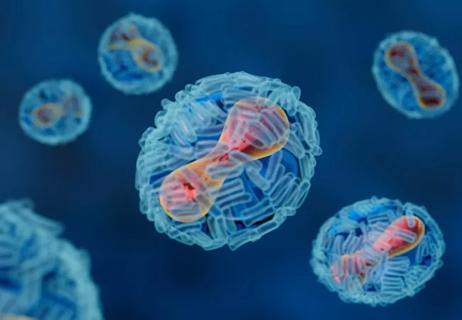
Distribution is beginning, but there are questions about effectiveness, supply and adverse events

22,000-square-foot facility boosts biobanking capacity for research projects
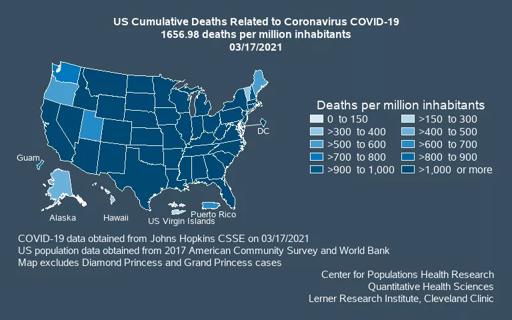
Stay current with our regularly updated case and mortality tracker
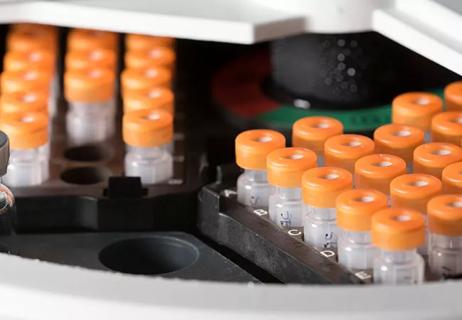
Cleveland Clinic forms Global Center for Pathogen Research & Human Health

High efficacy reported for vaccine candidates in interim analyses
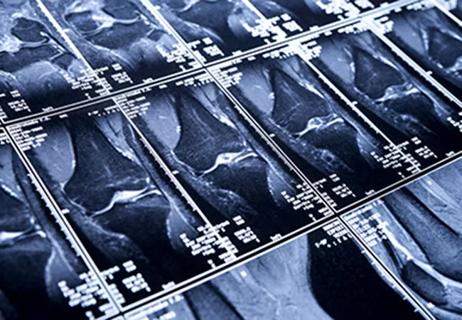
Research to investigate non-invasive method aims to identify patients at risk for osteoarthritis
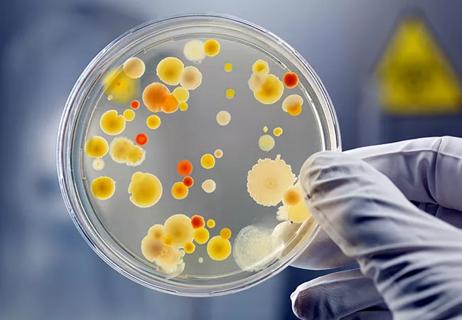
Targeting the microbe-host adhesion process

Establishing best practices for seamless trial design